Enter a surname, town name or other keyword to search the database. Remember to
allow for the different spellings of 'Mc' and 'Mac.' Good luck!
{Search tips: Use single word search terms for more results}
You must enter some valid character(s) into the search field
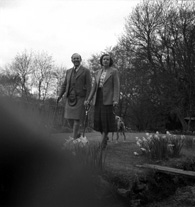
Reference: 44583r
Brigadier Kenneth James Garner...
|
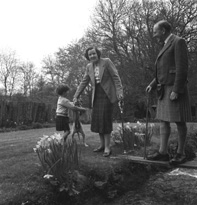
Reference: 44583q
Brigadier Kenneth James Garner...
|
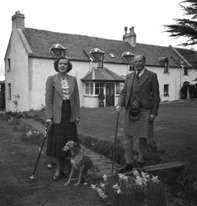
Reference: 44583p
Brigadier Kenneth James Garner...
|
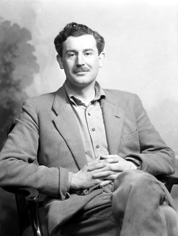
Reference: 40813b
Lord Lovat. Brigadier Simon Ch...
|
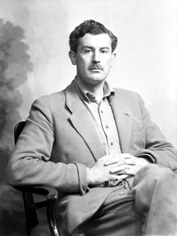
Reference: 40813a
Lord Lovat. Brigadier Simon Ch...
|
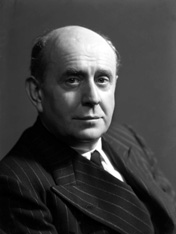
Reference: 37639
His Excellency Jan Masaryk, Vi...
|
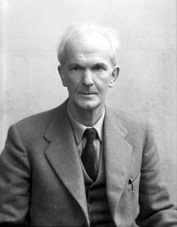
Reference: 45732a
Neil M. Gunn c1960. Neil Mille...
|

Reference: 25909a
Neil M. Gunn in June 1927. Nei...
|
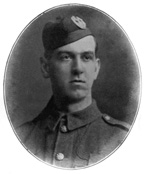
Reference: 27563c
Corporal James Dalgleish Pollo...
|
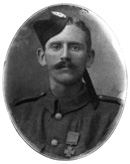
Reference: 27563b
Private Ross Tollerton, Ist Ba...
|
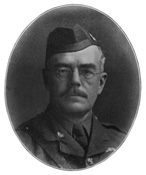
Reference: 27563a
Major Angus Falconer Douglas-H...
|
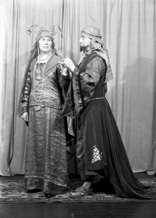
Reference: 29108f
Matheson Lang was born in Mont...
|